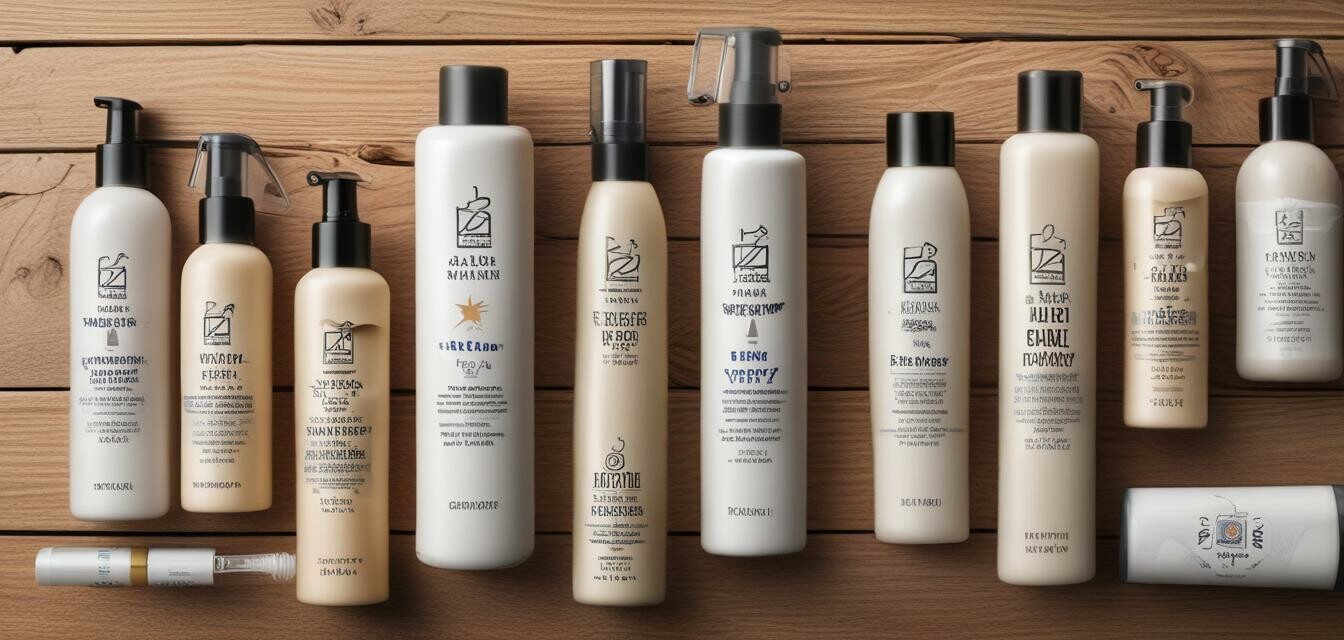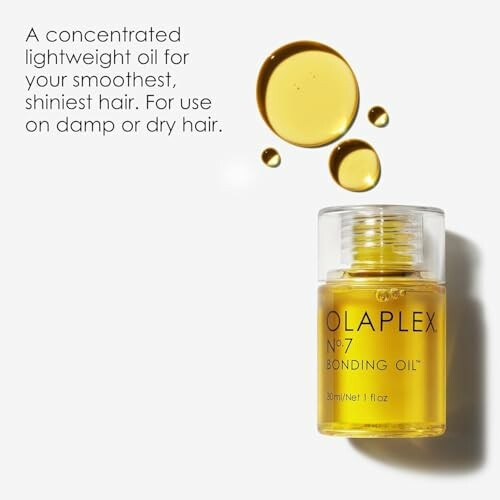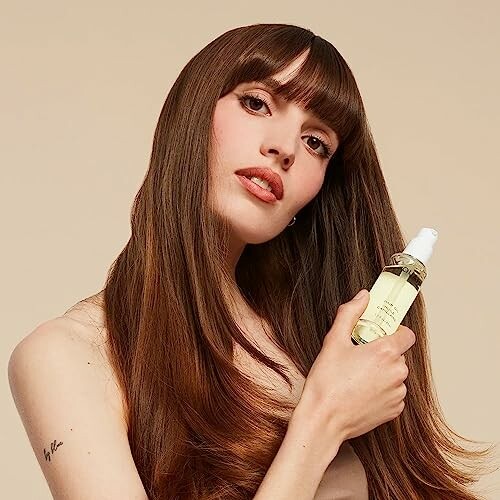
Customizing Heat Protectants for Best Results
Key Takeaways
- Choosing the right heat protectant is vital for maintaining hair health.
- Different hair types and methods require specific heat protectants.
- Natural ingredients can enhance the effectiveness of heat protectants.
Heat protectants are essential in modern hair care, especially for those who regularly use styling tools. However, not all heat protectants are created equal. Customizing your heat protectant to suit your individual hair needs can make a significant difference in maintaining healthy, vibrant locks. In this article, we will explore how to tailor heat protectants for your unique hair type and styling habits.
Understanding Heat Protectants
Heat protectants are designed to shield your hair from the thermal damage caused by styling tools like blow dryers, curling irons, and straighteners. They form a protective barrier on the hair cuticle and often contain ingredients that help to retain moisture and reduce frizz.
Here are some key components often found in heat protectants:
| Ingredient | Benefits |
|---|---|
| Silicones | Provide slip and a protective coating to the hair. |
| Natural oils | Enhance shine and moisturize hair while protecting against heat. |
| Proteins | Strengthen hair and help with damage repair. |
| Vitamins | Nourish and promote overall hair health. |
Choosing the Right Heat Protectant for Your Hair Type
Every hair type is unique, and understanding your specific needs will help in selecting the right heat protectant. Below is a guide to choose the best heat protectant based on different hair types:
- Straight Hair: Look for lightweight formulas to avoid weighing your hair down.
- Curly Hair: Choose products with moisturizing properties to help define curls and minimize frizz.
- Wavy Hair: Opt for balance; a protective serum that adds some hold without crunchiness is ideal.
- Coily Hair: Dense oils or creams that provide maximum moisture will work best.
Customizing Your Heat Protectant Routine
When selecting a heat protectant, consider your styling routine and the tools you use. Here are some tips for customizing your routine:
1. Assess Your Hair Needs
Before purchasing a heat protectant, analyze your hair's texture, porosity, and condition. Knowing whether your hair is dry, oily, fine, or thick will direct your choice.
2. Look for Added Benefits
Many heat protectants can do more than just offer heat protection. Seek out products that provide additional benefits, such as:
- Moisture retention
- Frizz control
- UV protection
- Color protection for dyed hair
3. Experiment with Natural Oils
Consider supplementing your heat protectant with natural oils, which can enhance its effectiveness. Oils like argan, coconut, and jojoba can add a layer of protection while nourishing your hair.
4. Incorporate Multi-Functional Products
Multi-purpose products can save time and simplify your routine. Some heat protectants combine styling benefits, allowing you to use less product overall.
Pros
- Customized protection based on specific hair needs.
- Prevention of damage from heat styling tools.
- Enhanced shine and manageability.
Cons
- Finding the right product may require some testing.
- Some products can weigh hair down if not chosen carefully.
Recommended Heat Protectant Products
Here are a couple of heat protectant products worth considering:
Olaplex No. 7 Bonding Oil
A concentrated high shine oil that not only provides heat protection but also enhances shine and strength.
Explore NowOUAI Hair Oil Bundle
A multi-functional oil that protects from heat and UV damage while smoothing split ends.
See ProductTips for Applying Hair Heat Protectants
To maximize the efficacy of your heat protectant, follow these application tips:
- Apply on damp hair: Spray or apply products on towel-dried hair for better absorption.
- Distribute evenly: Use a comb or your fingers to spread the product throughout your hair.
- Use appropriate amounts: Avoid overusing the product; a few drops or a few sprays based on your hair length usually suffice.
- Don't forget the ends: Concentrate on applying heat protectant to the ends of your hair to prevent the most damage.
Tips for Beginners
- Start with a small amount of product to see how your hair responds.
- Always choose a heat setting appropriate for your hair type.
- Read the instructions on the heat protectant for the best results.
Conclusion
Customizing your heat protectant not only preserves the health of your hair but empowers you to style it every day without worries. By understanding your individual hair needs, experimenting with various products, and applying them correctly, you can maintain the beauty of your locks. For more detailed advice on hair care, explore our Hair Care Tips category, where you will find resources tailored to the unique demands of your hair.



